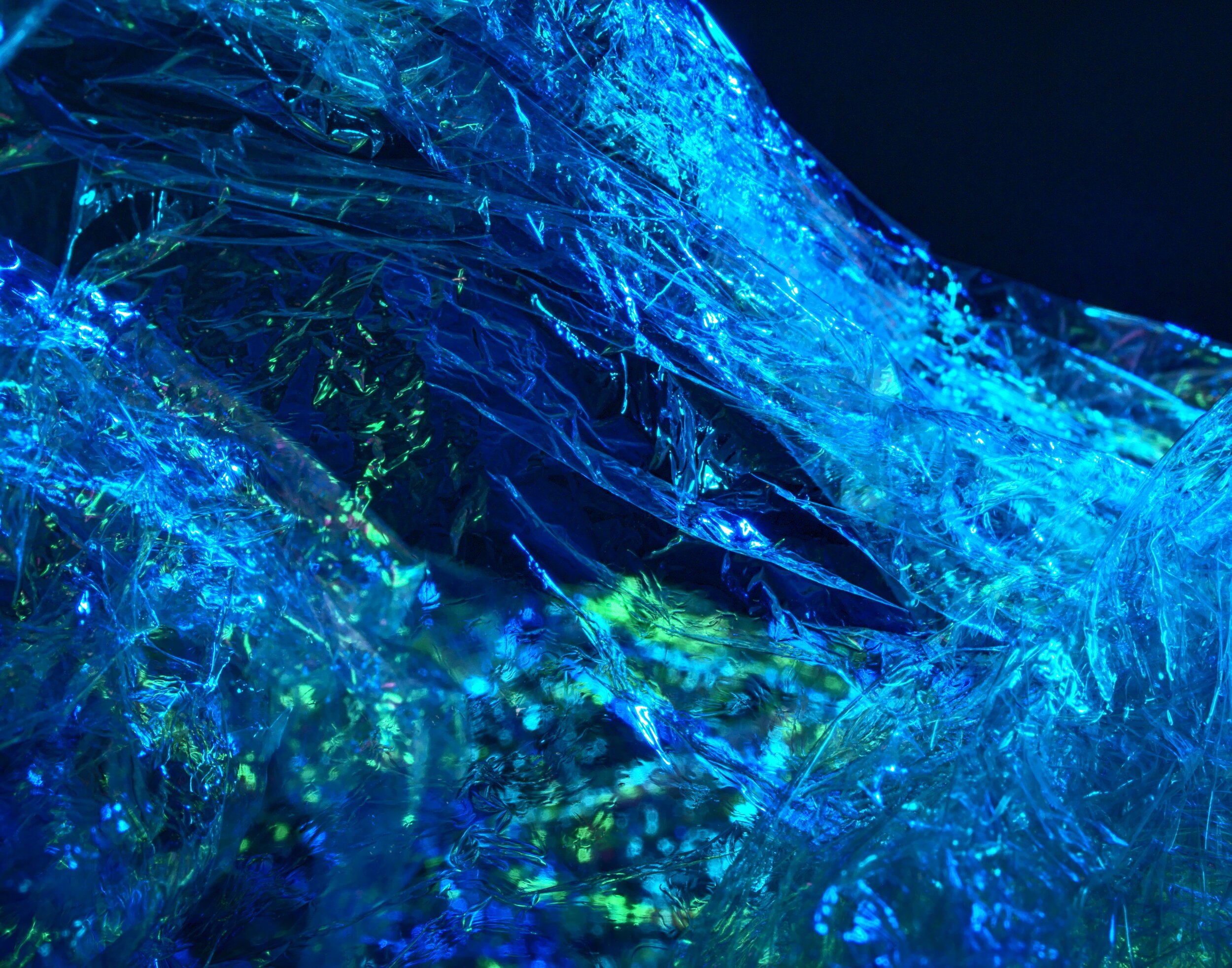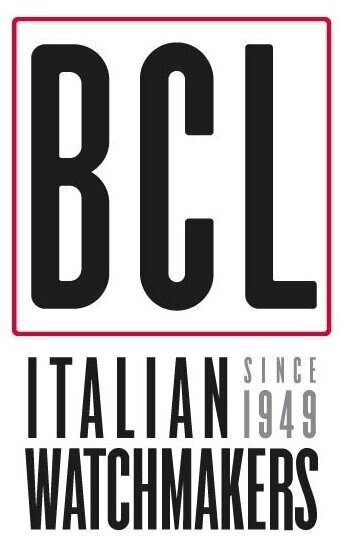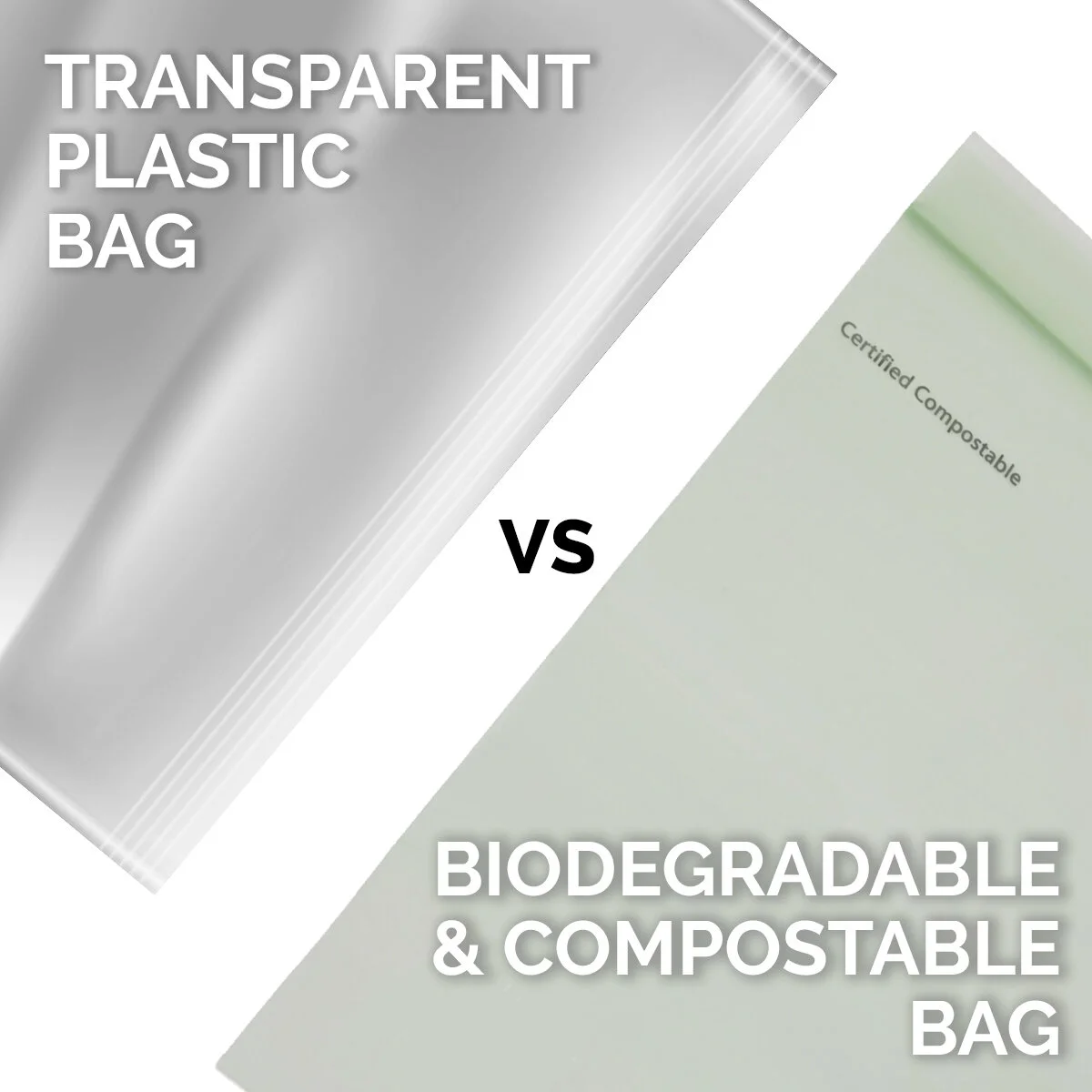Green Initiative Project

How is Packaging Affecting the Planet?
There is currently 5.35 trillion pieces of plastic debris in the world’s oceans with 269,000 tonnes of this floating on the surface…
And that’s only plastic waste!
OUR MISSION
Create a harmonic relationship with the environment where we make sure to reduce our impacts on the repercussions towards it through recyclability, material and volume efficiency, responsible fiber sourcing, eliminating unfavorable materials and using renewable materials. Our very first step is creating the eco-friendly packaging.
OUR VALUES
• ELEMENTS: Using raw recycled or raw materials.
• PRODUCTION PROCESS: Minimising the production process, supply chain and carbon footprint.
• REUSABILITY: Creating a circular economy around the packaging, extending its lifecycle and usability.
OUR ROADMAP
• Transition 100% of packaging to recyclable or industrially compostable designs and materials by 2030.
• Increase the use of post-consumer recycled content and incorporate 25% post-consumer recycled content into polyethylene terephthalate (PET) bottles by 2030.
• Drive increases in recycling rates through standardized on-pack labelling by including the How2Recycle label on 100% of packaging by 2022.
• Expand access to recycling and advance the development of infrastructure to improve the collection and recycling of packaging by building and investing in partnerships with peers and industry groups.
OUR GOALS
Separate
our story from others by finding the right way to communicate it online. Through our continuous efforts to make a difference we want to be able to inspire others as well.
Comply
with the rules established by each country and region where BCL is present with its establishments, embracing the standards and the individual requirements.
Promote
activities in each step of our packaging process that help diminish the effects that packaging materials have in the environment.
Ensure
to address the environmental issues and raise awareness voluntarily by providing the employees and staff of BCL with the right education in this direction.
Provide
transparency about our packaging practices and our efforts to minimize our influence in the repercussions towards the environment.
PACKAGING SOLUTIONS
While our previous solution could not always be recycled, we replaced them with recycled paper.
ADVANTAGES OF THE NEW SOLUTION:
Producing a ton of recycled paper takes 30,000 less liters of water compared to producing a ton of virgin fiber paper.
Recycling the paper reduces CO2 emissions by 20% while incinerating the paper does not.
The process of creating recycled uses 27% less energy than creating virgin fiber paper.
Plastic is not biodegradable and due to the actual conditions in landfills, they risk to persist there indefinitely.
ADVANTAGES OF THE NEW SOLUTION:
Polypropylene parts can be 100% recycled.
This material emits less CO2 equivalents by weight compared to PET, PS & PVC., reducing the environmental impact.
Polypropylene can be recycled multiple times before incineration is required.
This material is sealable, microwavable, chemical and thermal resistant, hot fill and retort capable.
Polypropylene provides excellent moisture and oxygen barriers.
Previously the materials used could not always be recycled due to their density and contamination.
ADVANTAGES OF THE NEW SOLUTION:
Less energy and water consuming.
Lignocelluloses fibrous material is obtained by separating cellulose fibers from wood, fiber crops, wastepaper and rags.
Recycled Pulp (also known as deinked pulp, DIP) is recycled paper which has been processed by chemicals removing printing inks and other unwanted elements and freed the paper fibers.
The first tapes made of polyester were not biodegradable. Polyester is in fact derived from petroleum and the oil manufacturing industry is the world’s largest pollutant. Polyester manufacturing requires a lot of water and an energy-intensive heating process.
ADVANTAGES OF THE NEW SOLUTION:
No water is required to activate the product and it is acid free.
This material provides a strong, long lasting, highly adhesive bond resistant to moisture and humidity.
Kraft Tape can stick to all carton surfaces and is 100% recyclable.
Non-compostable plastic bags take up to 1000 years to decompose becoming a real danger for fish and other aquatic organisms.
ADVANTAGES OF THE NEW SOLUTION:
When composted these bags improve and fertilize the soil.
Biodegradable and compostable products completely decompose in a composting setting in a specific time frame, leaving no harmful residues behind.
Organic waste requires just about the right amounts of heat, water and oxygen.













